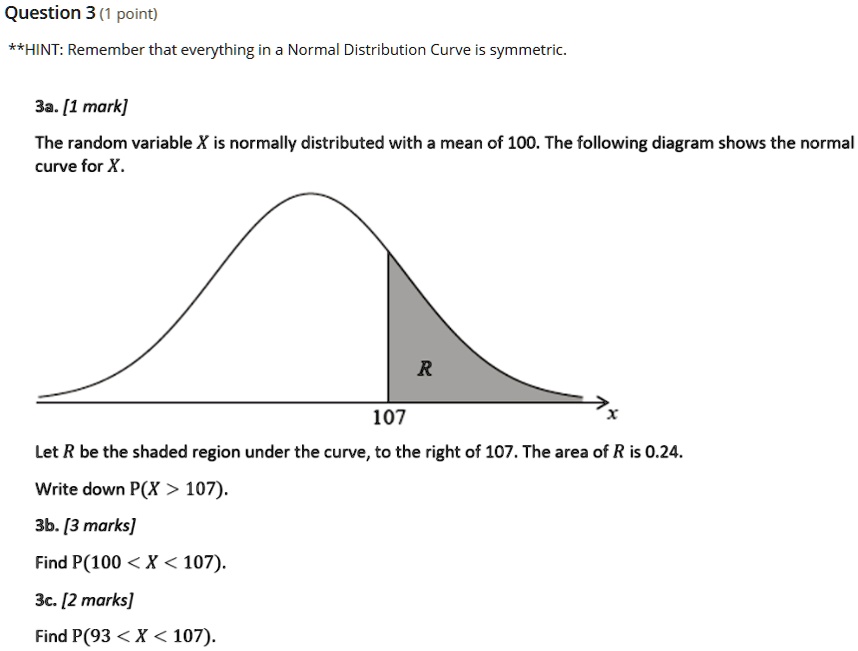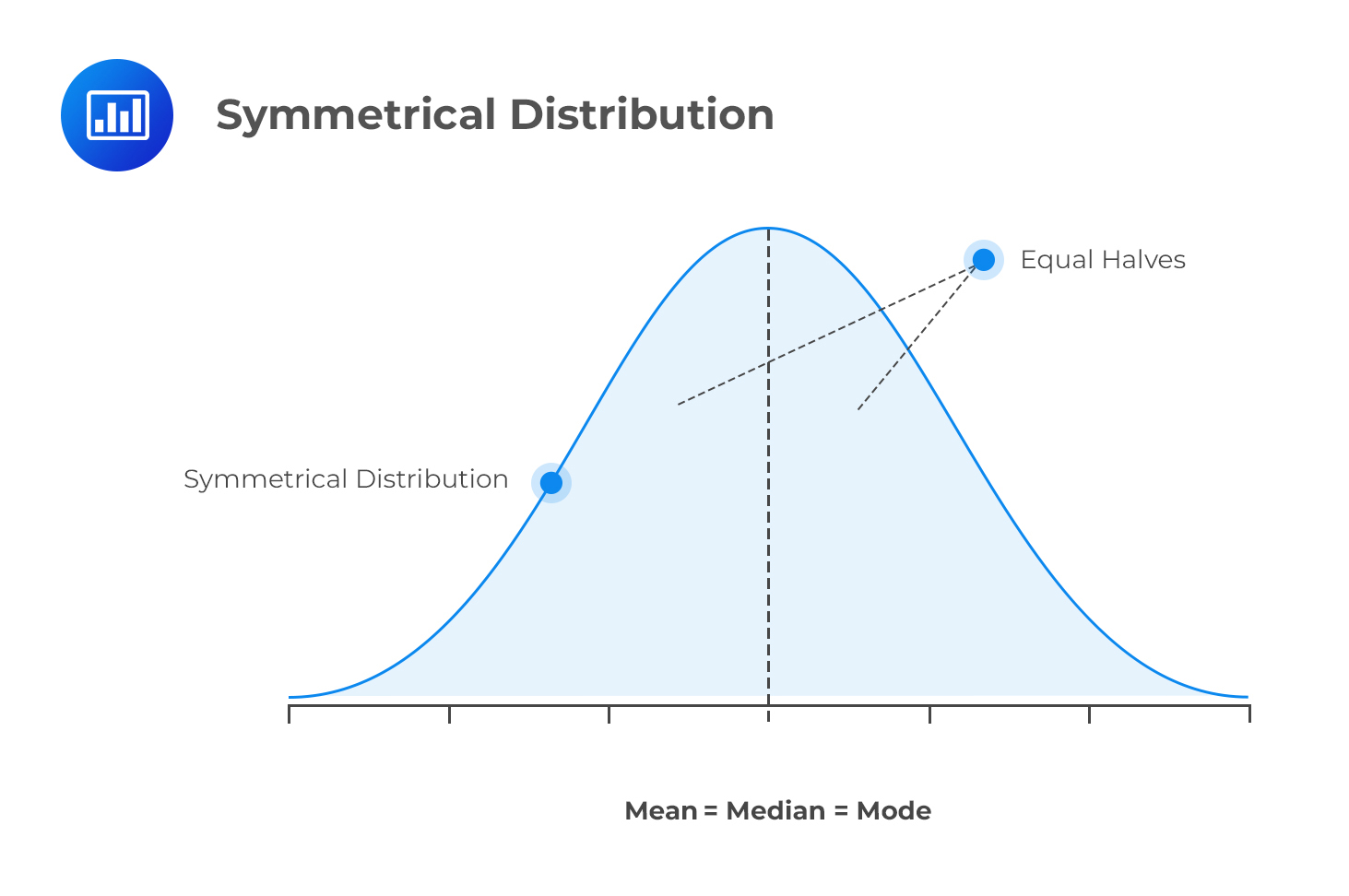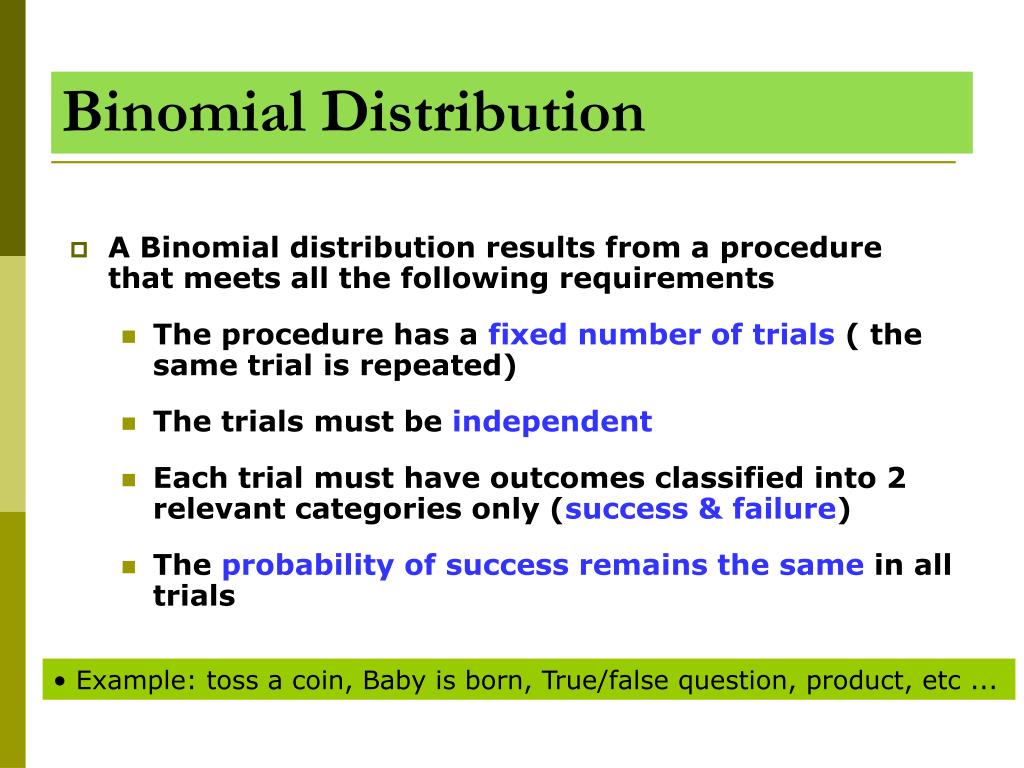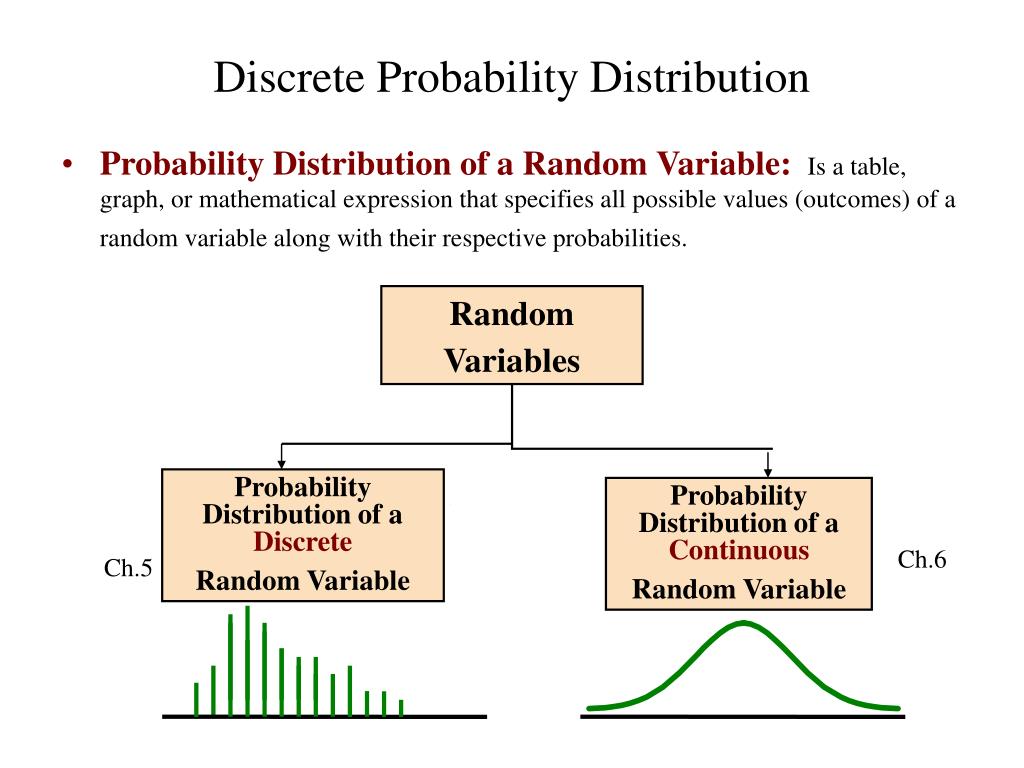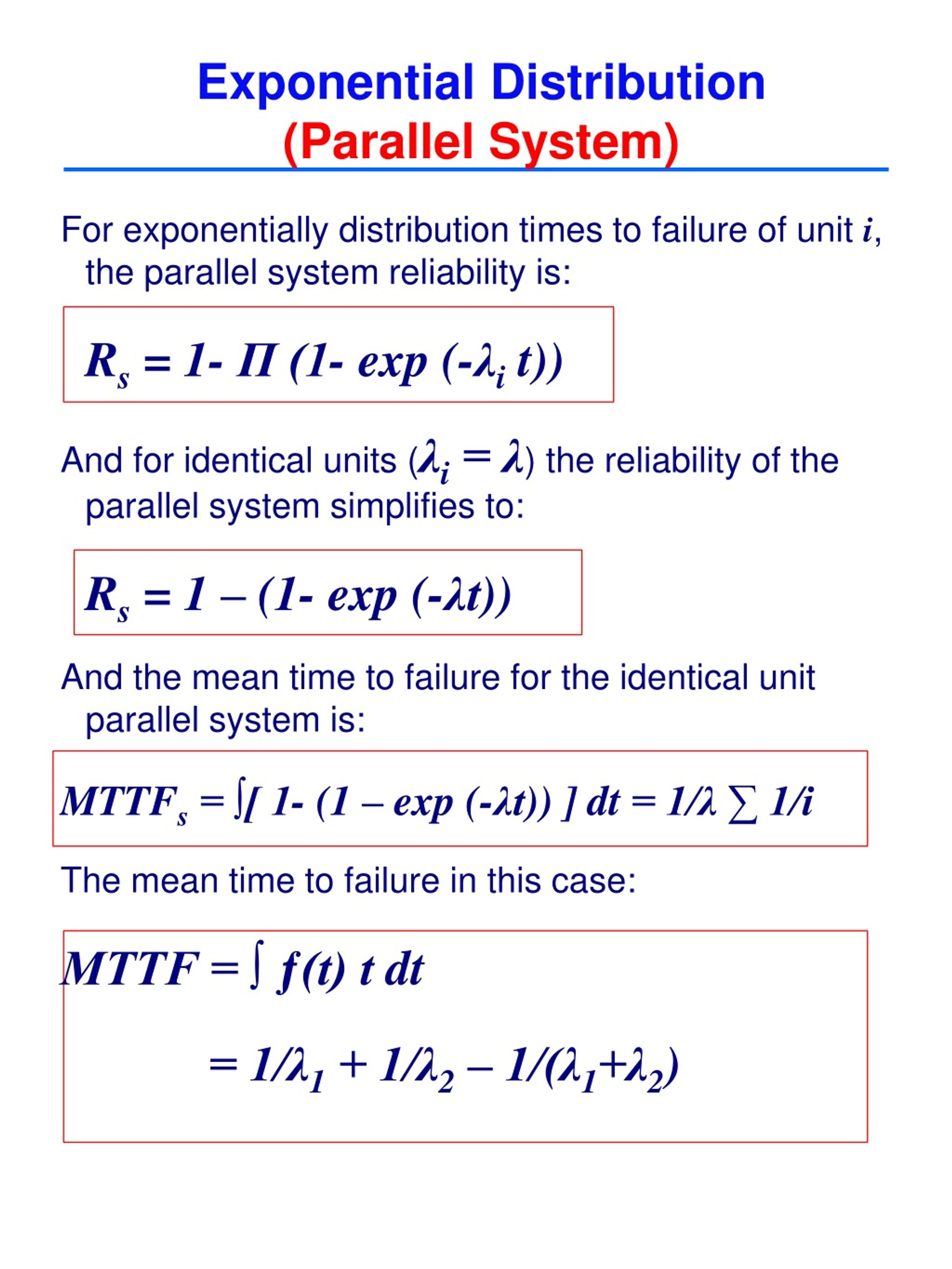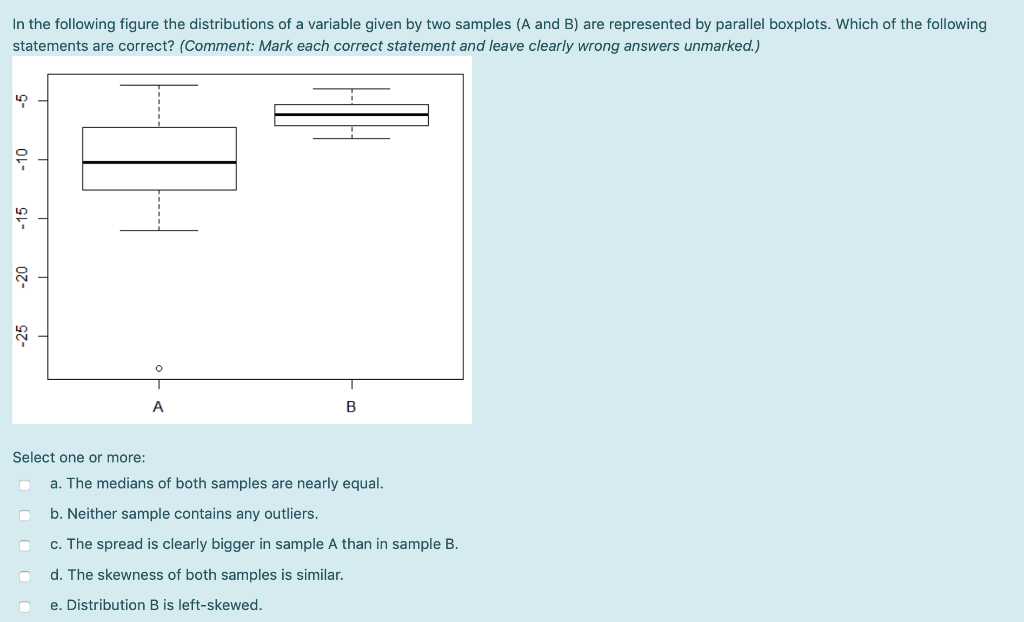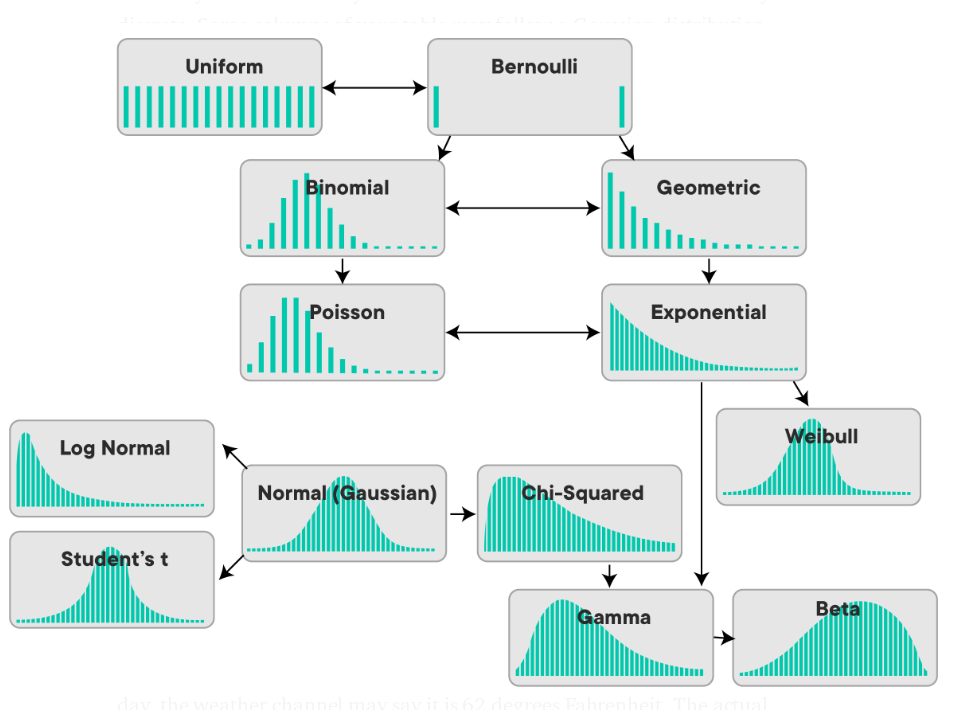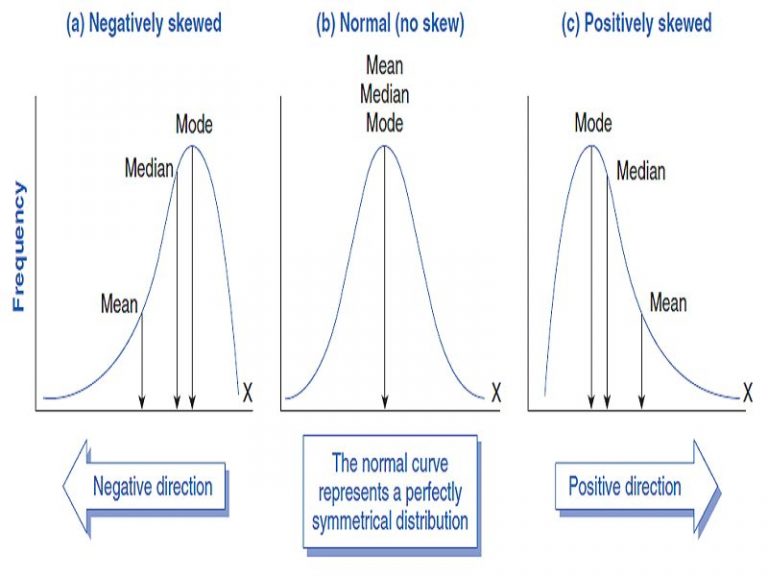Distribution Is Classified As Either Parallel Or:
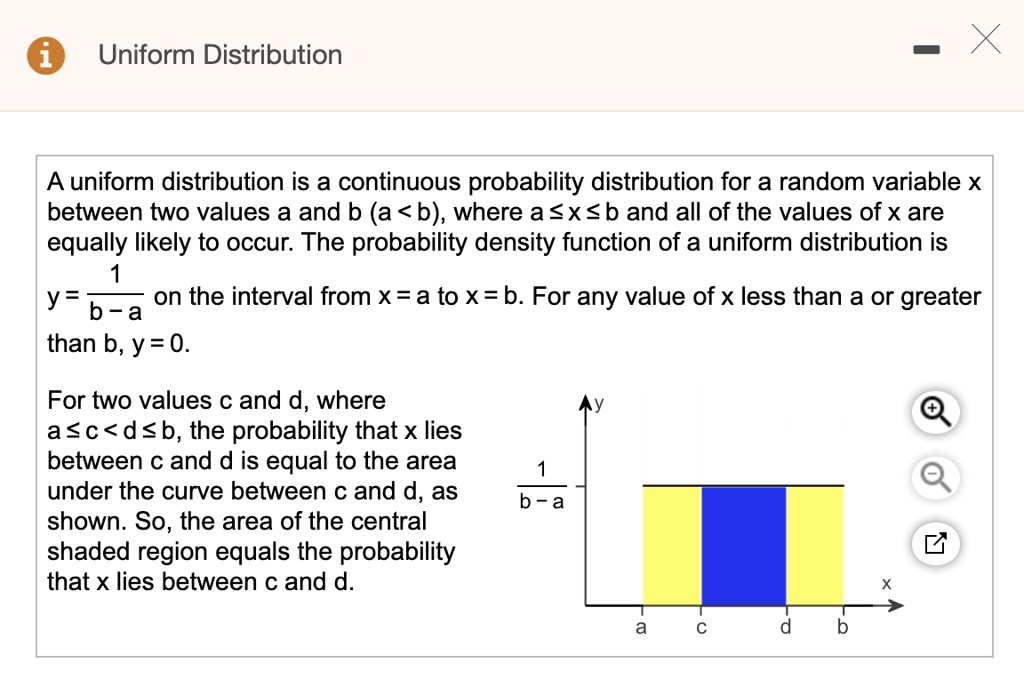
Imagine a bustling city street, a symphony of movement. Cars weave through lanes, cyclists navigate the edges, and pedestrians flow along the sidewalks. Beneath this visible dance lies a more intricate system – the invisible network of distribution, silently ensuring that goods and services reach their intended destinations. It's the lifeblood of any economy, a complex and often unseen process.
At its heart, distribution can be broadly classified into two primary architectures: parallel distribution and serial distribution. Understanding these models is crucial for businesses seeking to optimize their supply chains, enhance efficiency, and ultimately, better serve their customers.
The Building Blocks of Distribution
Before diving into the specifics, it's important to understand the concept of a distribution channel. This refers to the path a product or service takes from the manufacturer or service provider to the end user. This path involves various intermediaries like wholesalers, retailers, and distributors. The choice of distribution strategy significantly impacts a company's reach, cost structure, and brand image.
Parallel Distribution: A Multi-Lane Highway
Parallel distribution is characterized by the use of multiple channels to reach the same target market. Think of a product available both in a brick-and-mortar store and online – that’s parallel distribution in action.
This approach allows a company to cater to diverse customer preferences and buying habits. It also provides a hedge against disruptions in any single channel. If one channel falters, others can compensate, ensuring continued availability of the product.
One of the significant advantages of parallel distribution is increased market coverage. By utilizing various channels, a company can reach a broader customer base than it could with a single channel. A smaller company could also reach a far bigger audience using various channels simultaneously.
According to a report by McKinsey & Company on "Omnichannel Strategies," companies that effectively integrate their online and offline channels see an average revenue growth of 15-20%. This highlights the potential benefits of a well-executed parallel distribution strategy.
"An integrated omnichannel approach enables companies to meet customers where they are, leading to higher customer satisfaction and loyalty,"McKinsey researchers noted.
However, parallel distribution also presents challenges. Managing multiple channels requires careful coordination and investment in technology and infrastructure. Potential channel conflict is also a concern. For instance, a retailer might feel threatened if the manufacturer also sells directly to consumers online at a lower price.
Serial Distribution: A Single-File Line
Serial distribution, also known as sequential distribution, follows a more linear path. Products pass through a predetermined sequence of intermediaries before reaching the final consumer. A classic example is a manufacturer selling to a wholesaler, who then sells to a retailer, who finally sells to the customer.
This approach often involves a clear division of labor and specialized expertise at each stage. Wholesalers handle bulk distribution and logistics, while retailers focus on customer service and point-of-sale activities.
Serial distribution can be particularly effective for reaching geographically dispersed markets. It also may be more efficient when dealing with large volumes of products. Established relationships and economies of scale can help lower costs and streamline operations.
A report by the U.S. Census Bureau shows that wholesale trade plays a vital role in the economy. "Merchant wholesalers" which take title to the goods they sell, account for a substantial share of total sales, demonstrating the continued relevance of serial distribution models. Serial distribution can be particularly helpful for smaller manufacturers that do not have the resources to deal directly with the end customer.
One of the main drawbacks of serial distribution is the potential for increased costs due to multiple markups along the supply chain. It also increases the overall time it takes for the product to get into the hands of the customer. It also presents challenges in maintaining control over the customer experience. The manufacturer may have limited interaction with the end consumer and rely on intermediaries to accurately represent their brand.
The Rise of Hybrid Models
In today's dynamic marketplace, many companies are adopting hybrid distribution strategies. These models combine elements of both parallel and serial distribution to leverage the strengths of each approach. For example, a manufacturer might sell directly to large retailers (serial) while also operating its own online store (parallel). This is increasingly becoming the norm.
The key to successful hybrid distribution lies in careful planning and execution. Companies must define clear roles and responsibilities for each channel, avoid channel conflict, and create a seamless customer experience across all touchpoints. A hybrid model, done well, gives the consumer a variety of options and keeps the manufacturer competitive.
Consider a small-batch coffee roaster. They might sell their beans directly to local cafes (serial), offer subscriptions through their website (parallel), and also partner with a regional grocery chain (hybrid). This diverse approach allows them to reach different customer segments and build brand awareness.
Choosing the Right Approach
The optimal distribution strategy depends on a variety of factors, including the nature of the product or service, the target market, the competitive landscape, and the company's resources and capabilities. Businesses must carefully evaluate their options and tailor their approach to meet their specific needs. A company looking to expand internationally might have an entirely different distribution method compared to a company focused on serving a local market.
Furthermore, distribution strategies are not static. They must evolve over time to reflect changes in the market and customer behavior. Companies must be agile and adaptable, constantly monitoring the performance of their channels and making adjustments as needed.
As stated by the Harvard Business Review,
"The most successful companies are those that view distribution as a strategic imperative, not just a tactical function."This requires a deep understanding of customer needs, a willingness to experiment, and a commitment to continuous improvement. Companies should be flexible and willing to adapt to new consumer trends as they come about.
Looking Ahead
The future of distribution is likely to be characterized by increased digitalization, personalization, and sustainability. E-commerce will continue to grow, and companies will need to invest in technologies that enable seamless online and offline experiences. Consumers will expect personalized products and services tailored to their individual needs. And businesses will face growing pressure to reduce their environmental impact and create more sustainable supply chains.
Ultimately, the key to success in distribution lies in understanding the fundamental principles and applying them creatively to meet the challenges of a rapidly changing world. As we look ahead, it is clear that innovation and adaptability will be essential for companies to thrive in the ever-evolving landscape of distribution.
So, the next time you see a delivery truck on the street, remember the complex network that makes it all possible. It's a system that connects producers and consumers, driving economic growth and improving our lives.
